Word Recognition Normal Consonants Worksheets for Ages 4-6
7 filtered results
-
From - To
Explore our engaging "Word Recognition Normal Consonants Worksheets" specially designed for children ages 4-6. These worksheets provide a fun and interactive way for young learners to enhance their phonetic skills through consonant recognition. Packed with colorful illustrations and age-appropriate exercises, kids will practice identifying and forming words that begin with normal consonants, supporting early literacy development. Each printable activity aims to capture children's interest while helping them learn essential foundational skills. Perfect for home or classroom use, these worksheets pave the way for a bright future in reading. Start your child's literacy journey today with our exciting resources!
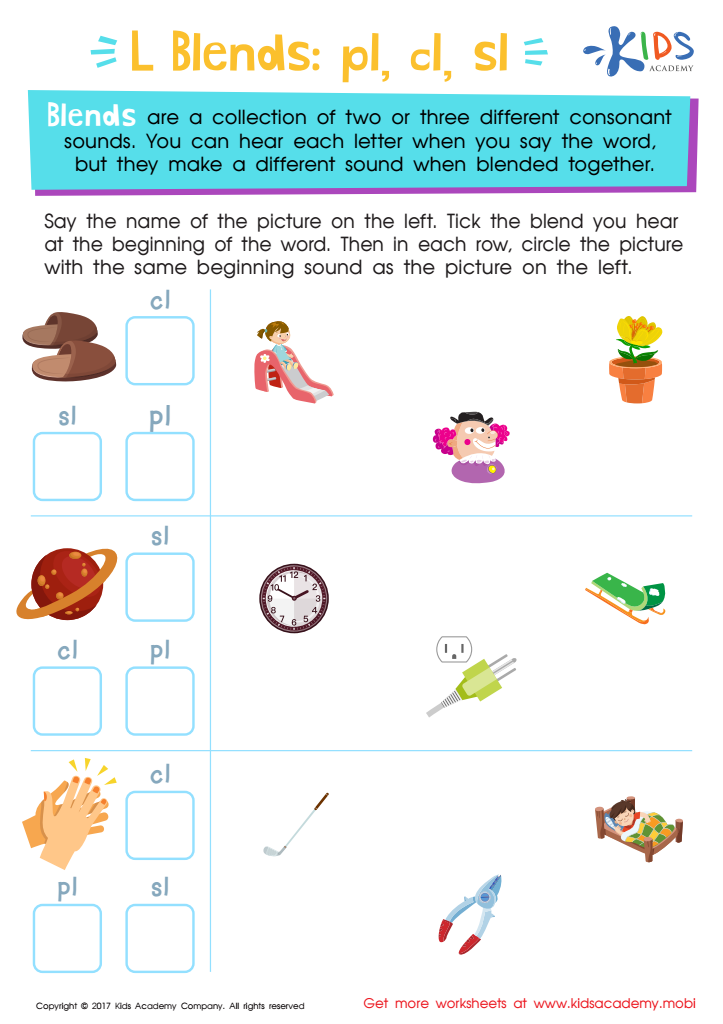

L Blends: "Pl", "Cl" and "Sl" Printable
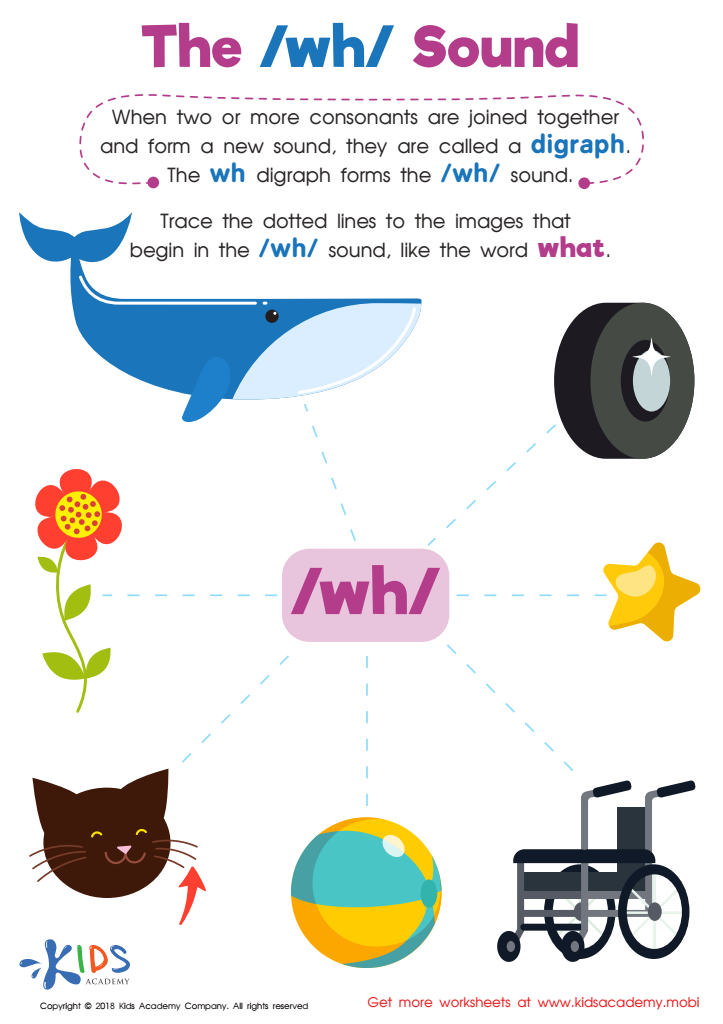

The /wh/ Sound Worksheet
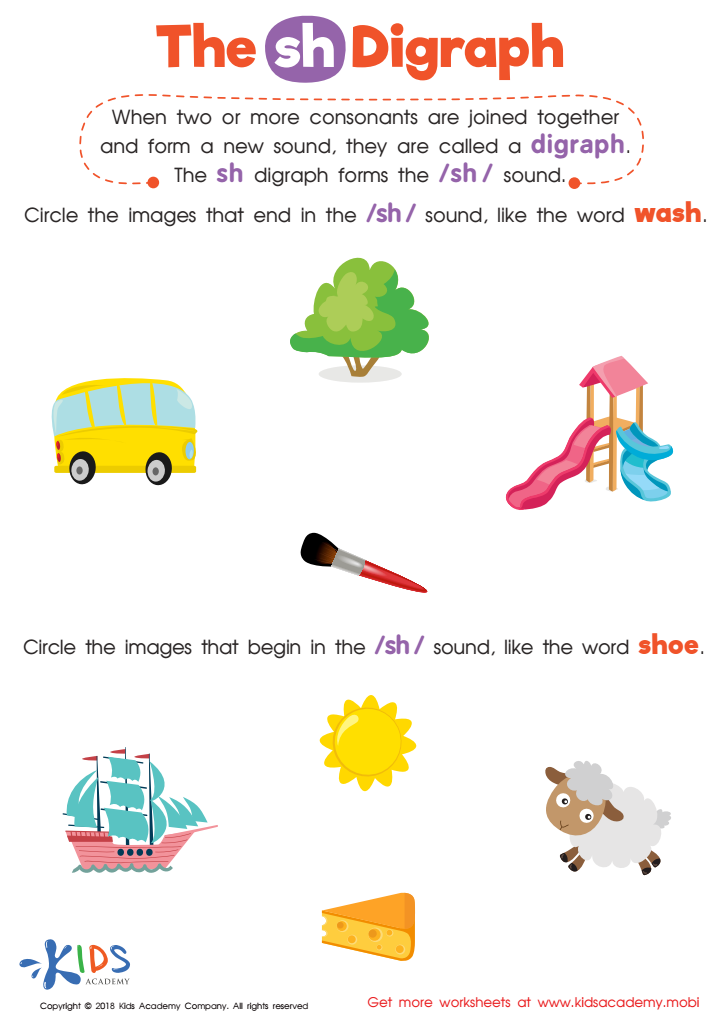

The SH Digraph Worksheet


Missing Digraph: Part 2 Worksheet
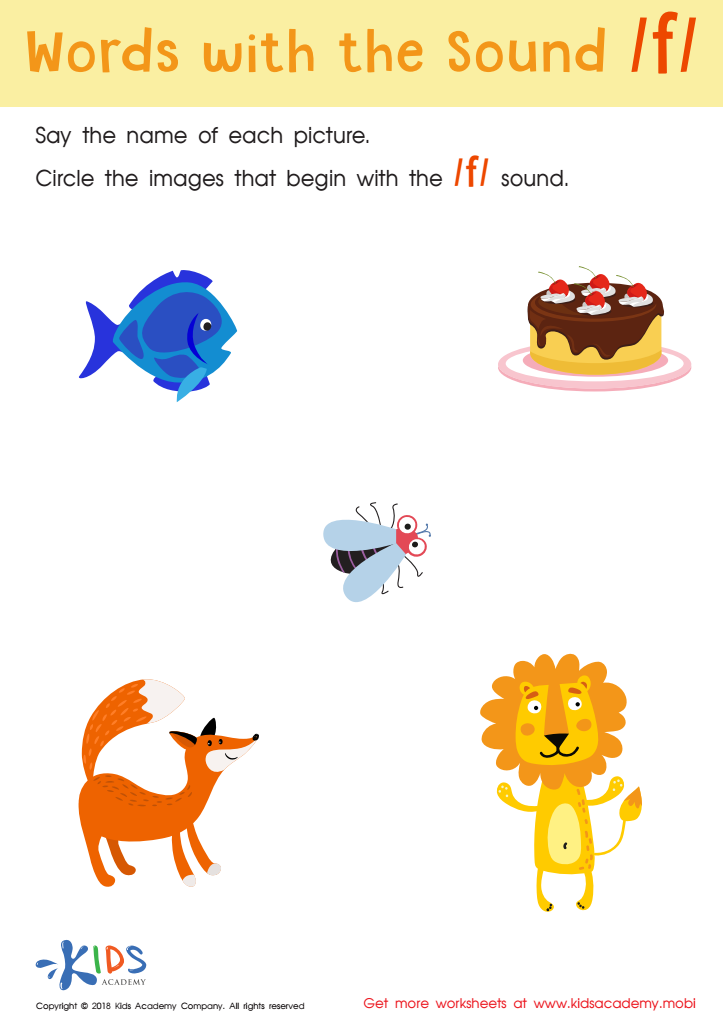

Words with sound f Reading Worksheet


Consonant Blends: "Dr" and "Tr" Printable
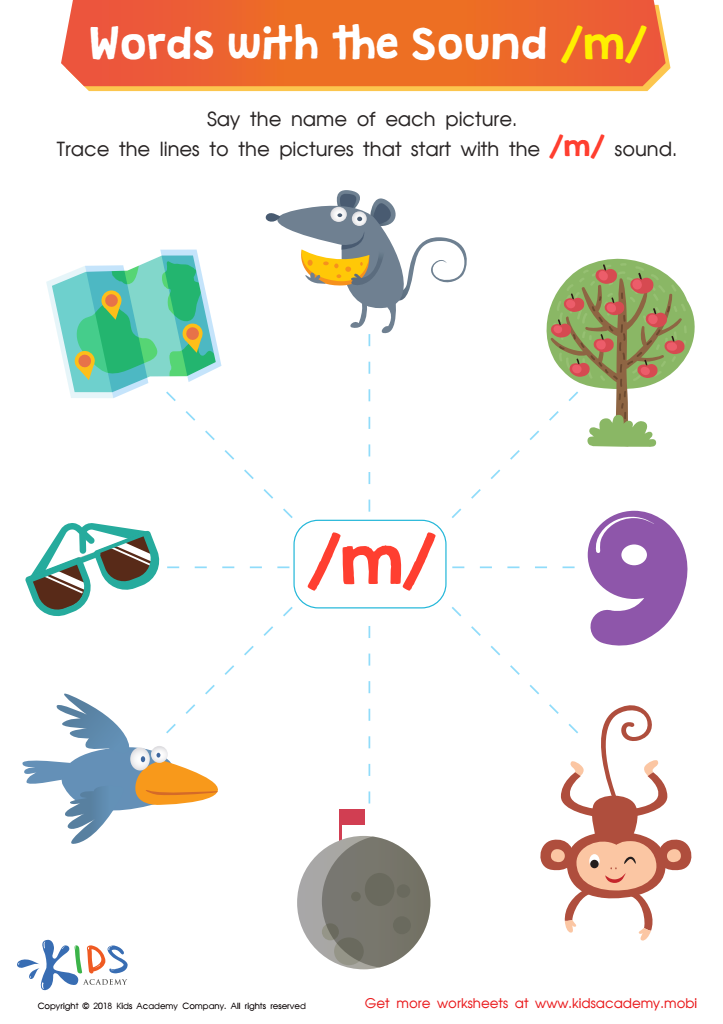

Words with Sound M Reading Worksheet
Word recognition is a critical skill for young children aged 4-6, as it lays the foundation for reading development and language comprehension. Normal consonants are foundational components of many English words and are vital for helping children decode and recognize familiar words. For parents and teachers, understanding the significance of this stage in literacy development is essential.
At this age, kids assimilate new sounds and begin to form connections between letters and their corresponding sounds. Mastering normal consonants allows children to blend these sounds together to read simple words, enabling them to gain confidence and motivation in their reading abilities. Additionally, recognizing these consonants can enhance phonemic awareness, which is crucial for spelling and writing.
Parents and teachers should encourage playful and engaging activities that emphasize recognition of normal consonants, such as rhyming games, letter-sound matching, and interactive story-telling. By focusing on this early literacy skill, adults can help foster a love for reading and ensure that children develop the essential skills they need to succeed in school and beyond. In essence, supporting word recognition and normal consonants can significantly impact a child's educational and linguistic journey.
 Assign to My Students
Assign to My Students









